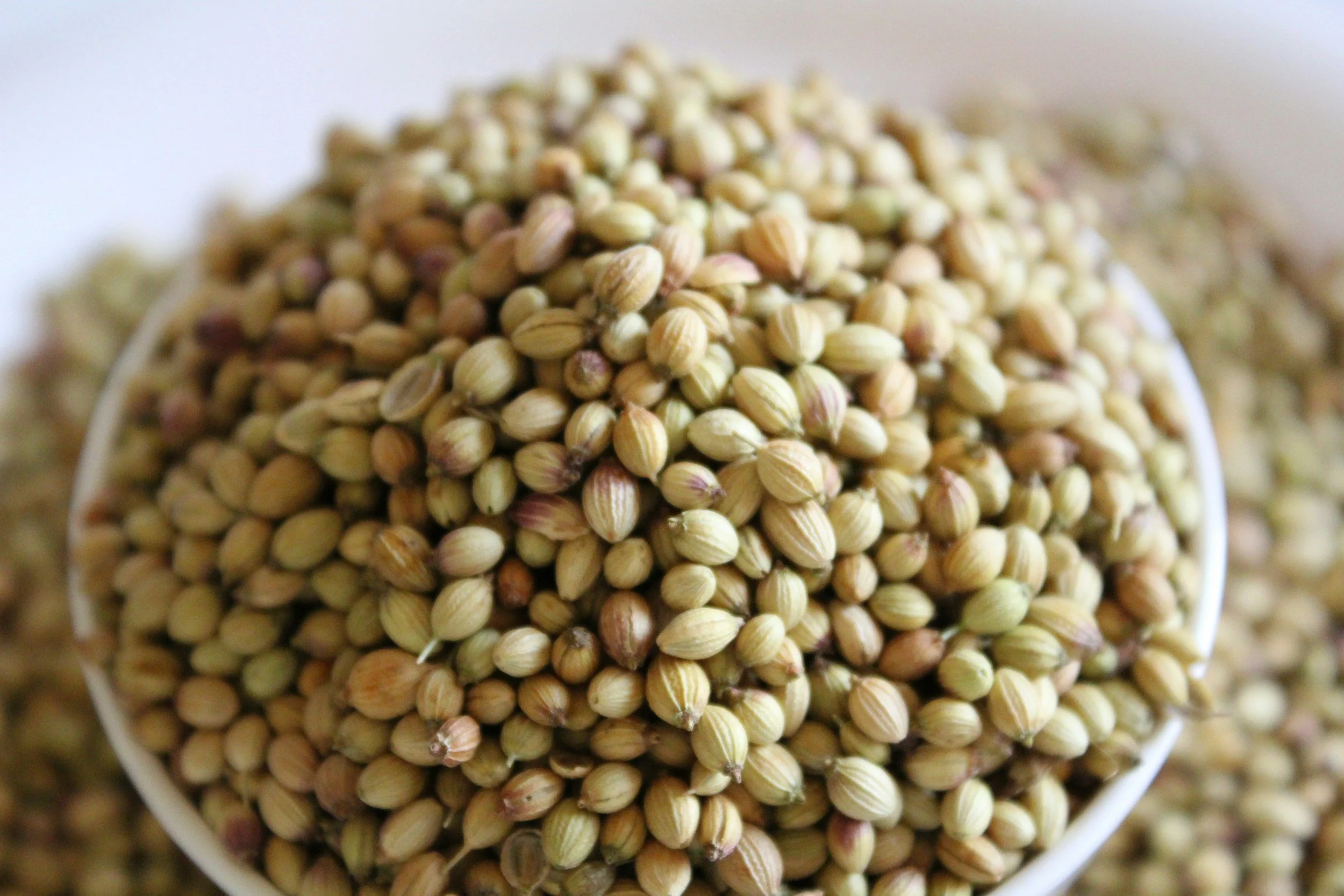Energetics of Cilantro: Soap or Citrus Herb?
I love the herb cilantro. I have tried to grow it in my garden, and have as much luck with that as I do trying to grow 3 inches taller. My goal was to have lots of cilantro for the summer and in the fall let it go to seed so I’d have coriander for my winter cooking. Did you know that the leaves are considered an herb, and the dried seeds (coriander) are considered a spice? Two in one. How cool is that?
A dear friend of mine thinks cilantro tastes like soap. Turns out, she’s right. It’s all based on our genetic ability to produce certain enzymes. Those with certain genes will find cilantro tastes soapy, and those without, think it tastes like citrus. To me, it’s a vibrantly zesty little green herb that completes salsa to perfection. It’s a love/hate thing. People either love it or hate it, there’s not too many who seem to be neutral about this little shamrock shaped leaf.
Nutrition
Cilantro, the leaves and stems of the Coriandrum sativum plant, is rich in phytonutrients, flavonoids (including quercetin), phenolic compounds, and vitamins A, C, E, and K. It also provides folate, calcium, iron, potassium, and magnesium. Its high vitamin content and antioxidant properties make it a potent herb for supporting liver function, balancing blood sugar, lowering cholesterol, and promoting heart health. Cilantro also aids in detoxification by binding to heavy metals like arsenic, lead, and mercury, helping the body remove toxins while protecting against oxidative stress. Externally, it can help relieve chest discomfort and coughs.
Coriander seeds, derived from the same plant, are packed with minerals including phosphorus, potassium, calcium, iron, zinc, and magnesium, as well as fiber, essential oils, antioxidants, and fatty acids such as petroselinic, linoleic, oleic, and palmitic acids. These seeds support digestion, reduce bloating, and promote regular bowel movements. They help regulate menstrual cycles, support endocrine function, and contribute to heart and joint health. Essential oils like citronellol provide antiseptic benefits, helping heal mouth wounds and reduce bad breath, while cineol and linoleic acid offer antiarthritic properties. High in vitamin C and B-complex vitamins, with copper and zinc to support red blood cell production and enzyme activity, coriander seeds are a highly nutritious addition to any diet.
Together, cilantro and coriander offer complementary health benefits: the leaves provide vitamins and antioxidants, while the seeds deliver minerals, fiber, and bioactive compounds—both contributing to digestion, detoxification, metabolic balance, and overall wellness.
Energetics
Cilantro leaves are slightly cooling with a slight aromatic and bitter flavor. It valued in traditional medicine for promoting digestion, acting as a nutritive tonic, and helping with anemia, nausea, vomiting, menstrual and stomach cramps, intestinal discomfort, constipation, coughs, bronchitis, measles, and even soothing sunburns.
The seeds, or coriander, are slightly cooling with a more pungent and bitter flavor. They offer similar digestive support, helping with nausea, indigestion, gastrointestinal disorders, vomiting, diarrhea, and dysentery. They are also used to relieve bronchitis, coughs, arthritic and rheumatic pains, menstrual and stomach cramps, intestinal cramping, constipation, and to calm restlessness and anxiety. Additionally, coriander seeds have been traditionally applied to help manage high blood pressure, supporting overall wellness.
Avocado Cilantro-Lime Dressing
Ingredients
1 avocado peeled and pitted
1 clove garlic peeled (optional - see note)
1 small jalapeño - cut and remove seeds
1 cup fresh cilantro leaves loosely-packed
2 tablespoons fresh lime juice
1 tablespoon extra-virgin olive oil
½ teaspoon cumin seeds
Kosher salt and black pepper to taste
¼ to ½ cup water
Directions
Combine all ingredients in your blender and blend until smooth.
You may have to scrape the sides a couple times. If consistency is too thick, add more olive oil, or water a tablespoon at a time.
Taste for seasonings and adjust accordingly.
Transfer to a glass jar; close with a lid and keep refrigerated until ready to use.
Source
https://profusioncurry.com/avocado-cilantro-lime-dressing/#recipe
Mateljan, George. The World’s Healthiest Foods: Essential Guide for the Healthiest Way of Eating. George Mateljan Foundation: Seattle, 2007. Print.
Pitchford, Paul. Healing with Whole Foods: Oriental Traditions and Modern Nutrition. North Atlantic Books: Berkeley, 1993. Print.



